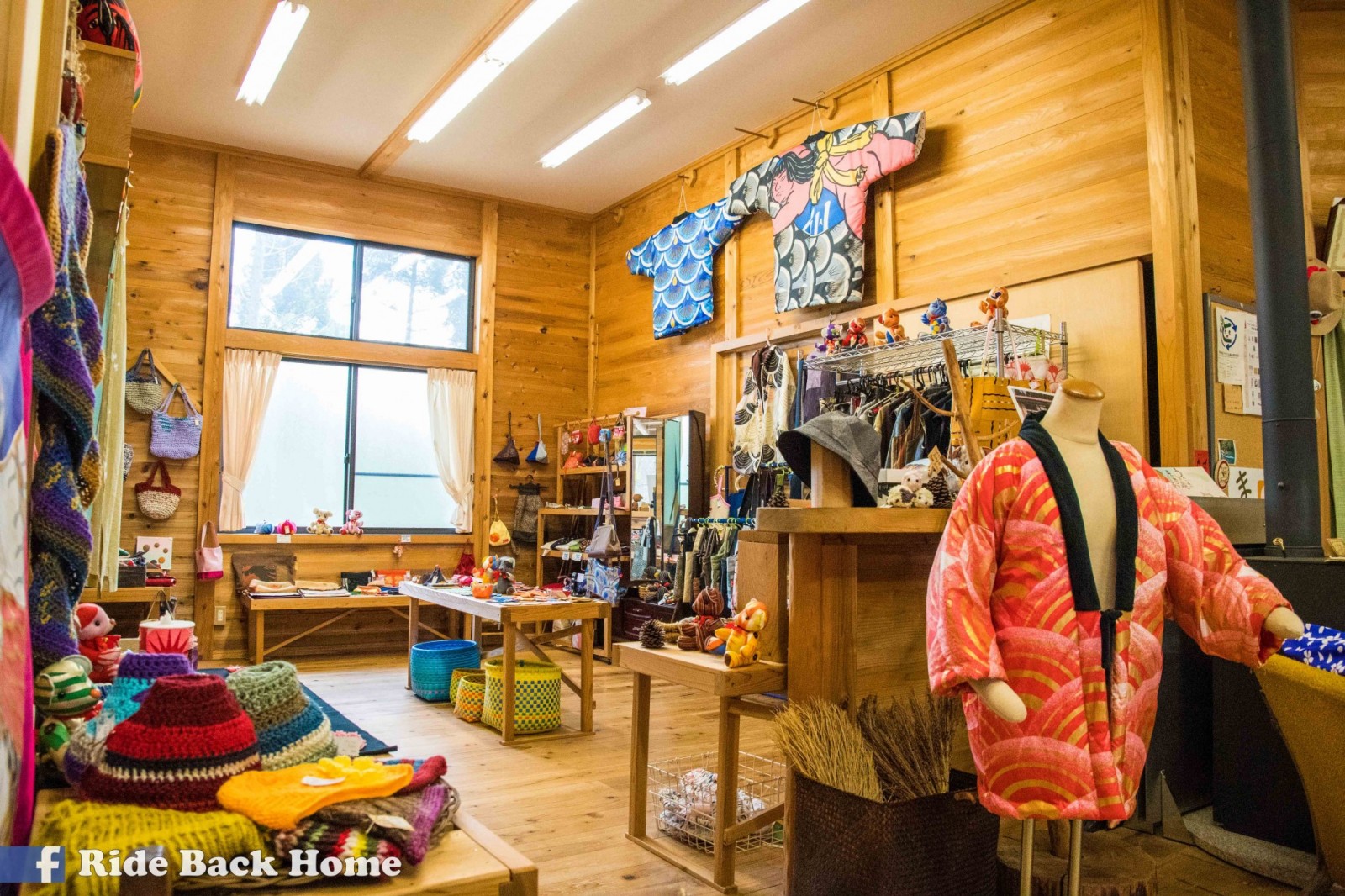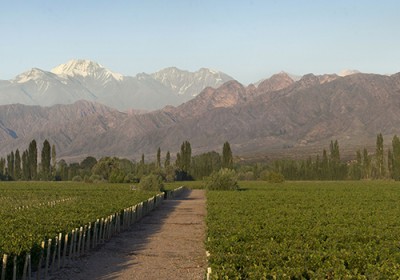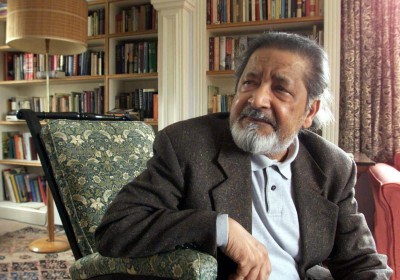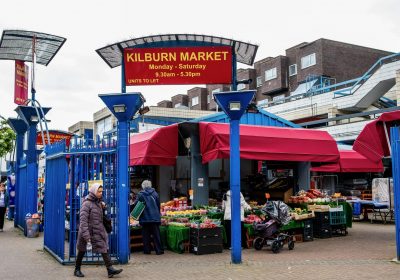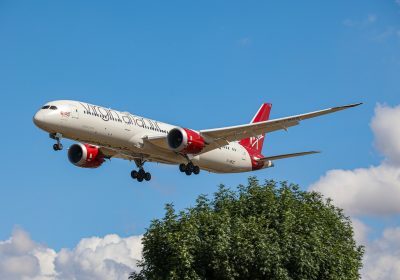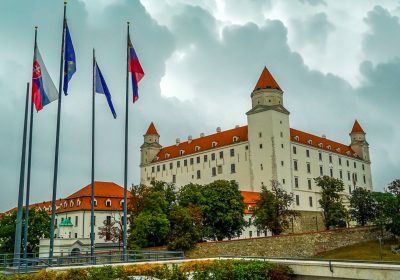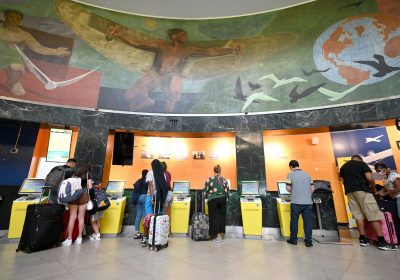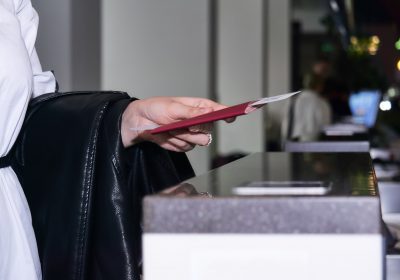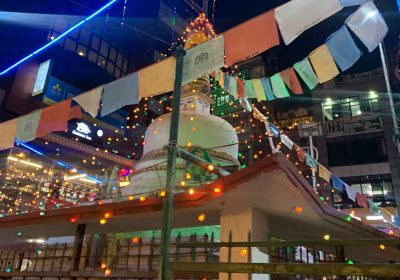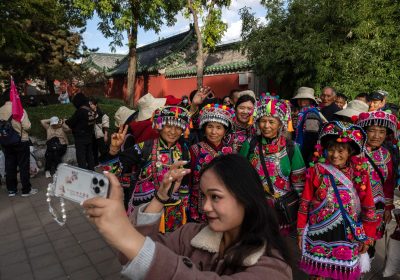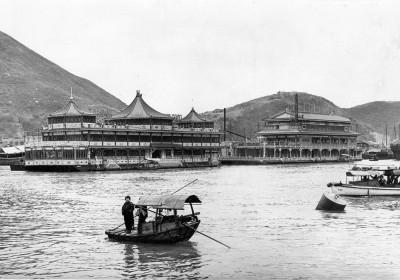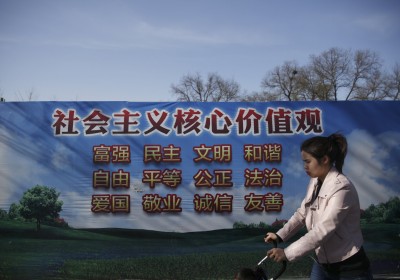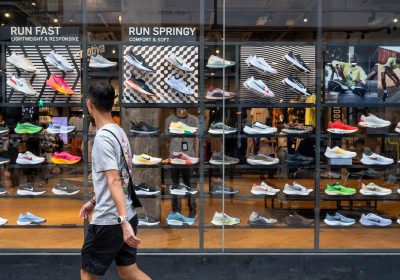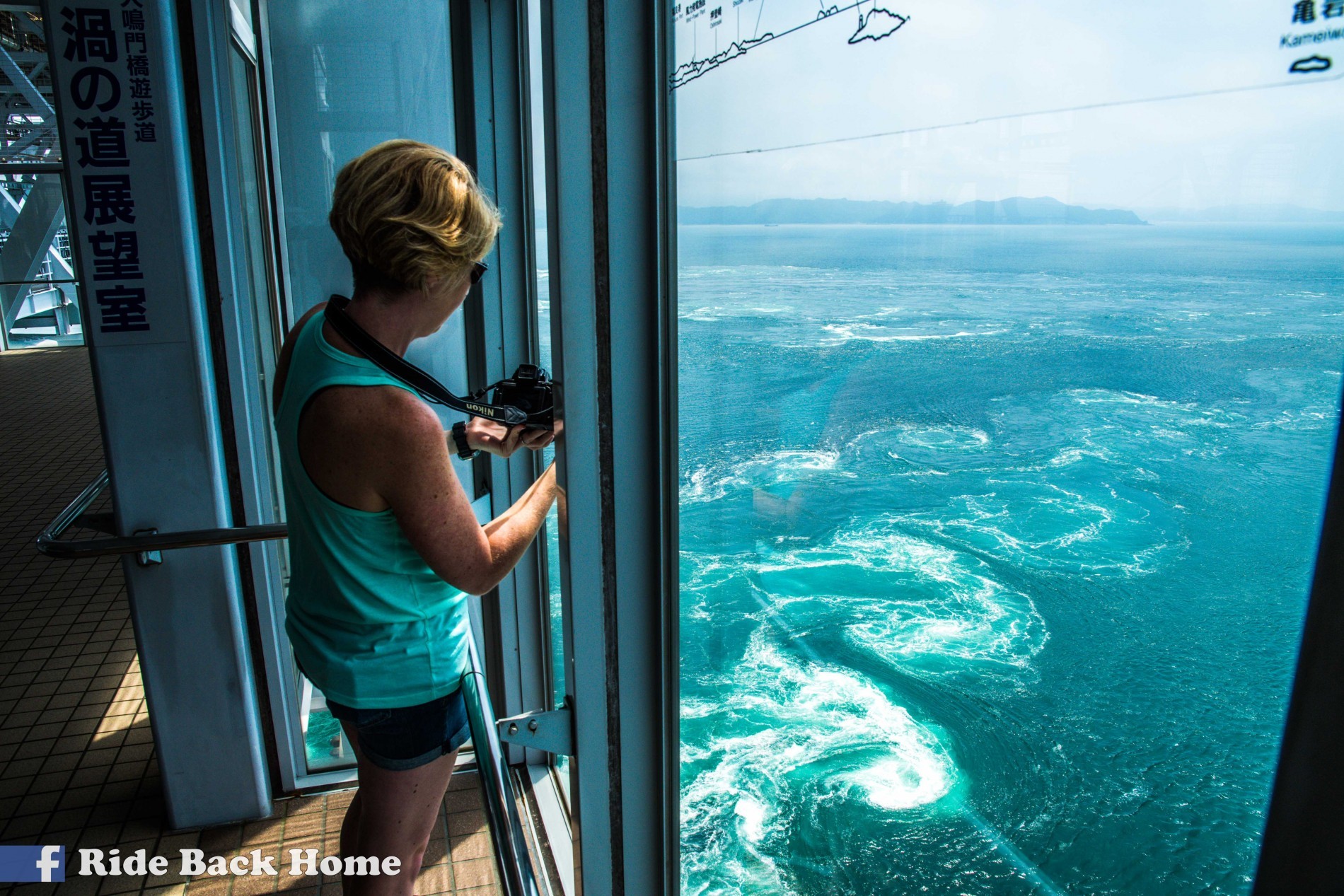
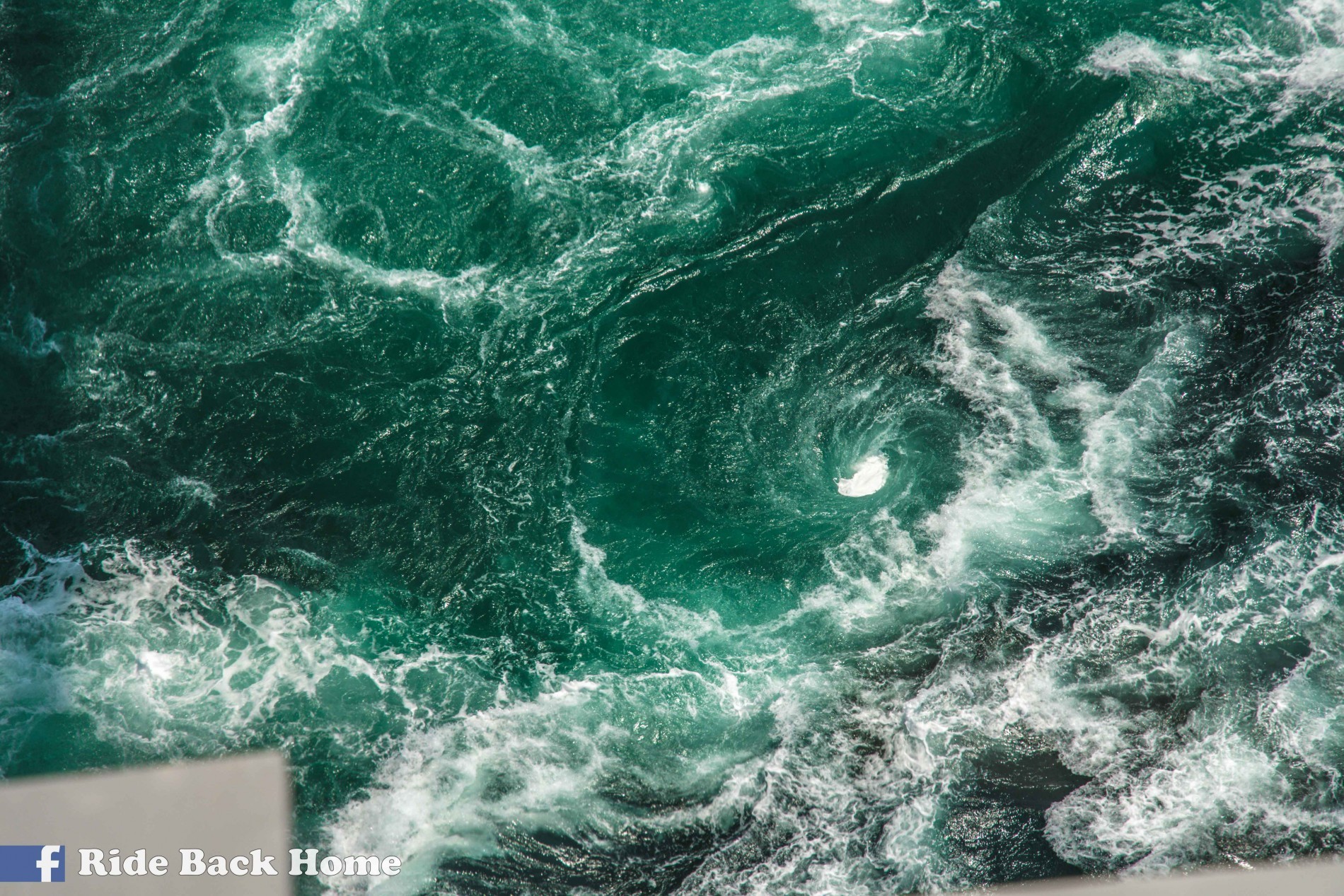
鳴門漩渦/李明熙
孤陋寡聞,第一次聽到「鳴門漩渦」是從漫畫「狐忍」(又譯「火影忍者」)之中,主角鳴門的一項絕招叫「螺旋丸」,使出時像漩渦。直到早幾年才知道,「鳴門漩渦」是四國德島一個因潮汐而成的天然現象景點。
每逢潮漲,大量海水從北面大阪灣的明石海峽湧入瀨戶內海,而南面海床較高的鳴門海峽像水壩閘門般分隔了瀨戶內海和太平洋,形成了兩個水底盆地。潮水要 6 小時後才漲到鳴門海峽。其時太平洋開始退潮,水流從瀨戶內海經鳴門海峽湧向太平洋,潮水差有近一米半高,令水流加速,沖擊原本從太平洋經紀伊水道進入鳴門海峽的慢流,形成漩渦。
到鳴門看漩渦,除了要看每天的潮汐時間,新月和滿月兩日,潮汐引力特別強,漩渦急速。我們沒有坐觀光船近看,因為在大鳴門橋上看,才看得清每個漩渦的形成和消逝。而入場橋上的「渦之道」時,每人獲贈一張歌川廣重的「阿波之鳴門」浮世繪,細看之下,原來加插了現代的大鳴門橋,頗有創意。
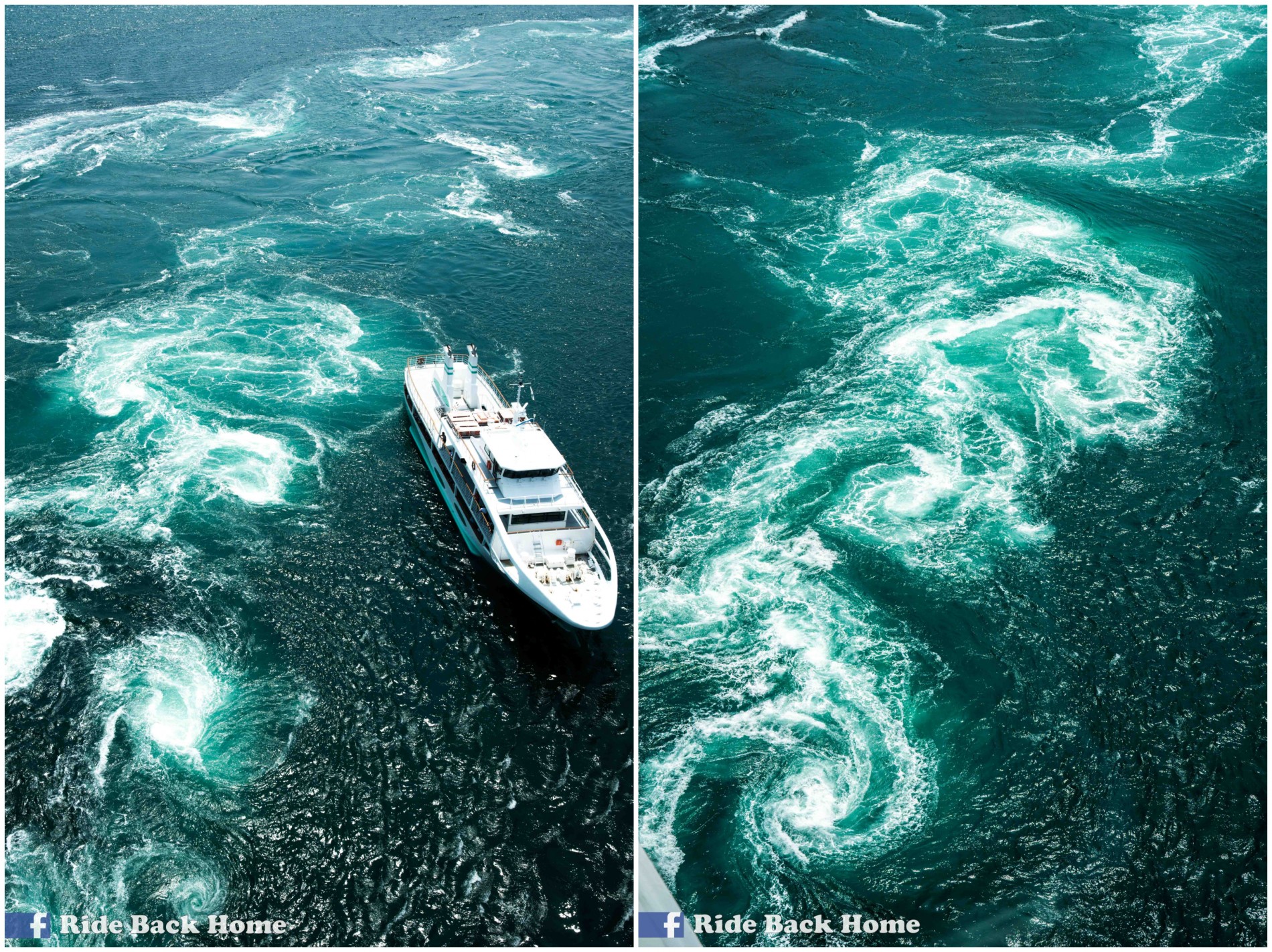
離開鳴門漩渦路上,尋找烏冬店醫肚,四國出名烏冬,自信隨便找一間都不怕失望,唯一條件是有位泊車。最後找到在機場附近的「山かつ」,點了兩份午餐烏冬定食,分量多得放滿桌面。有趣的是烏冬和湯分開上,夾一口烏冬,沾一點有七味粉、蔥花和薑茸的醬油,食法像吃冷蕎麥麵一樣,不過烏冬是熱的。
食過四國的手打烏冬,才知道以前食的烏冬如何不入流。這裡的烏冬有韌度和有口咬,還能食出小麥麵粉香,就算在街頭點一碗簡簡單單的蔥花生蛋烏冬,加幾滴豉油,亦絕不會失望。
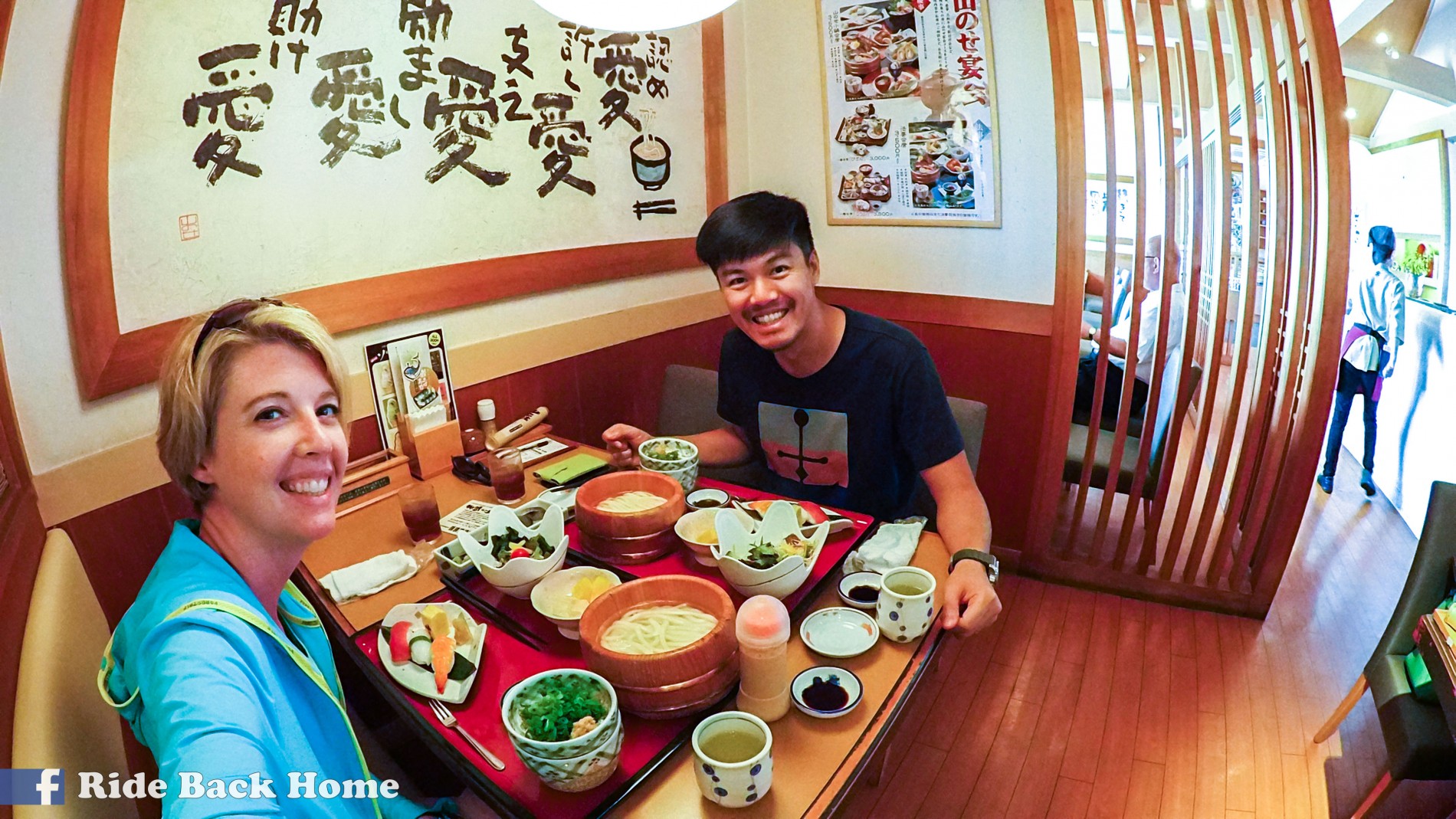
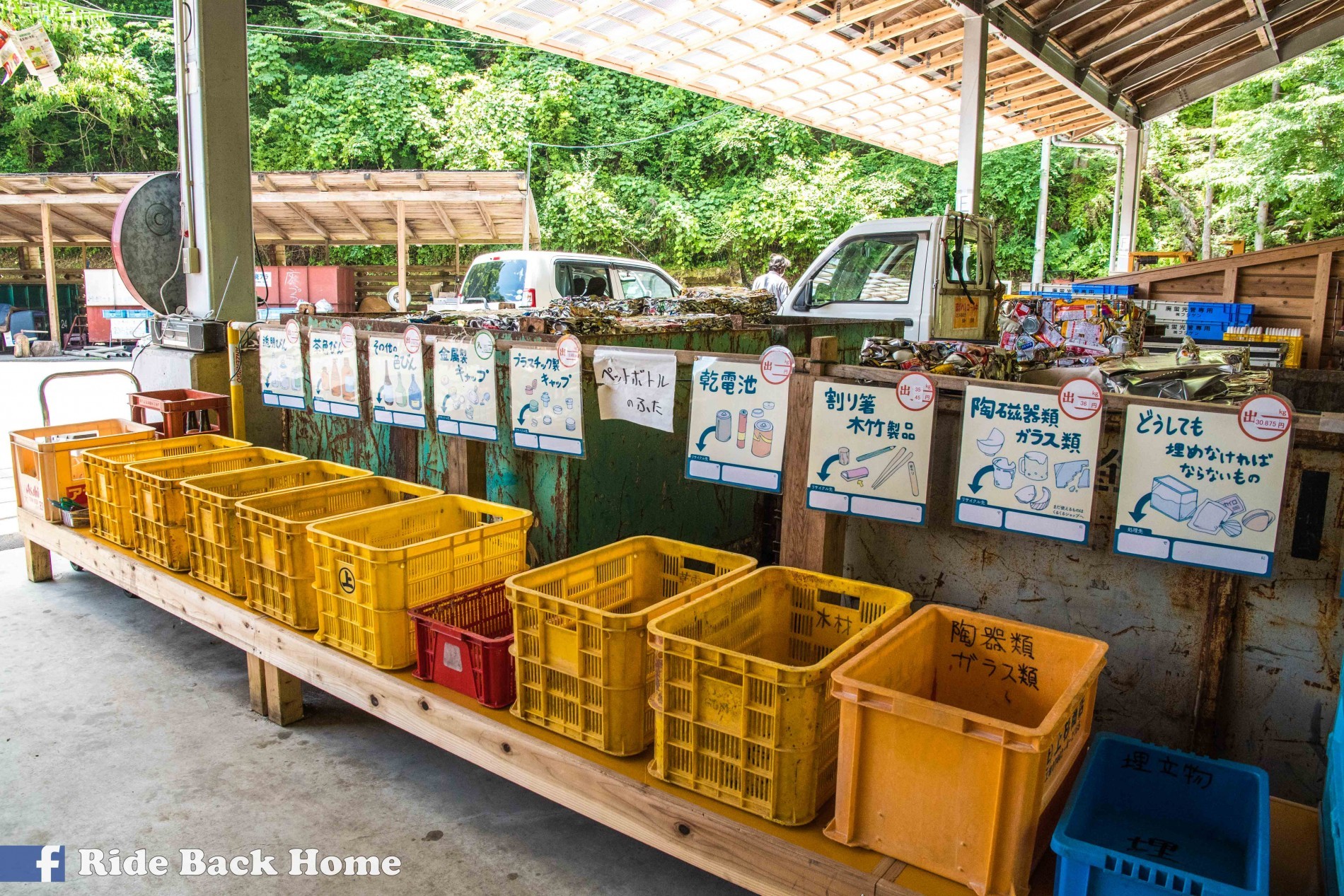
Zero Waste Town/Kimberlogic
Every time I visit Japan, I always find something new that amazes me about this country. Garbage is the one thing that keeps astonishing me each visit. If you walk down the streets of Tokyo, or any other town or city, you will not see garbage bins for public use. The surprising part of this is that the streets are immaculately clean. Everyone brings their garbage home to dispose of it. And to make it even more interesting, in a typical Japanese home, you will find a chart on how to break your garbage down before putting it out for collection.
Since I’ve been so interested in this topic from my first visit, on this trip to Japan, we went to the town of Kamikatsu, on the island of Shikoku, which is also called, “the zero waste town”. The town has been working since 2003 to meet a goal of having zero waste by 2020, and as of today, the town recycles more than 80% of it’s waste.
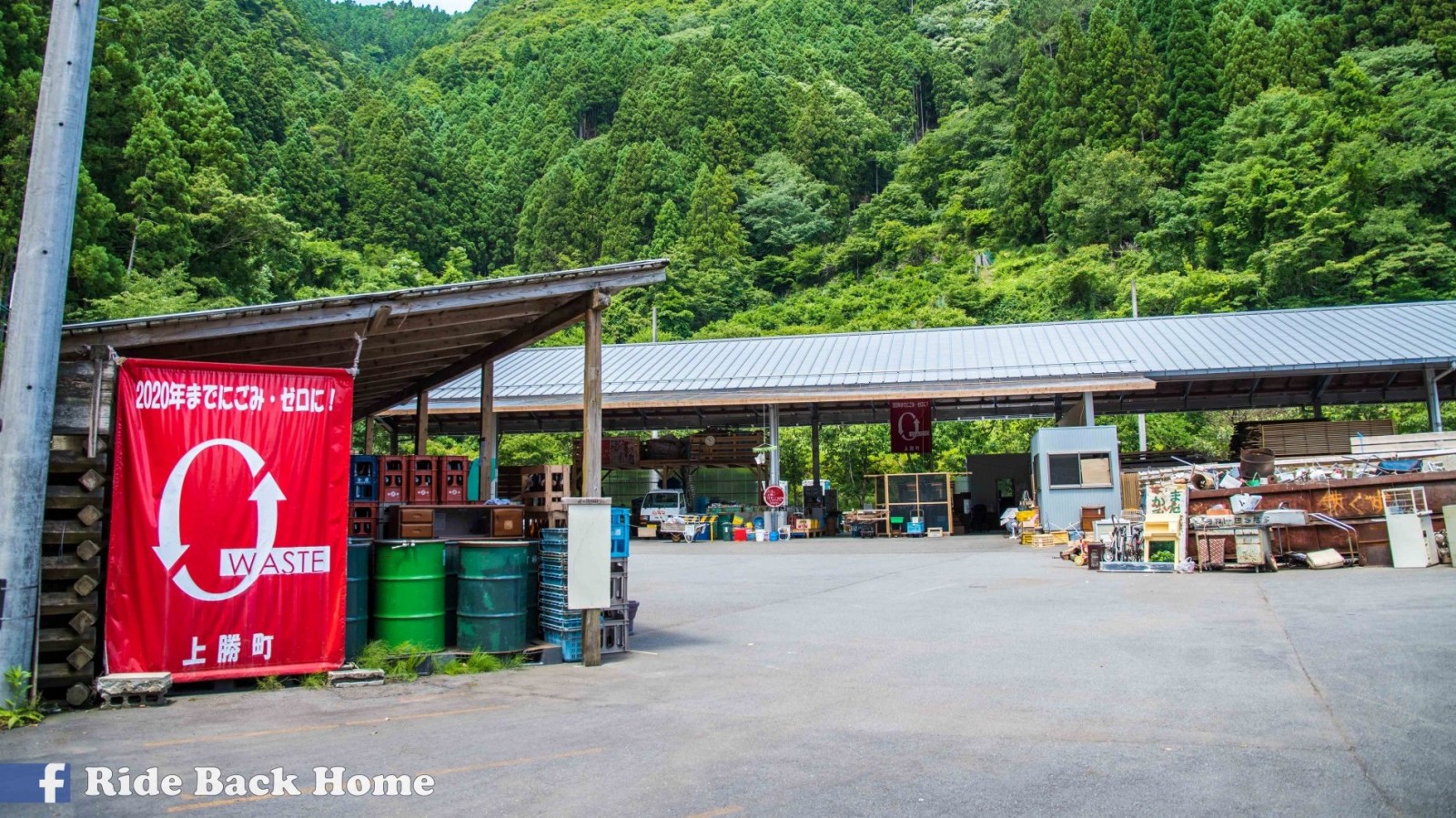
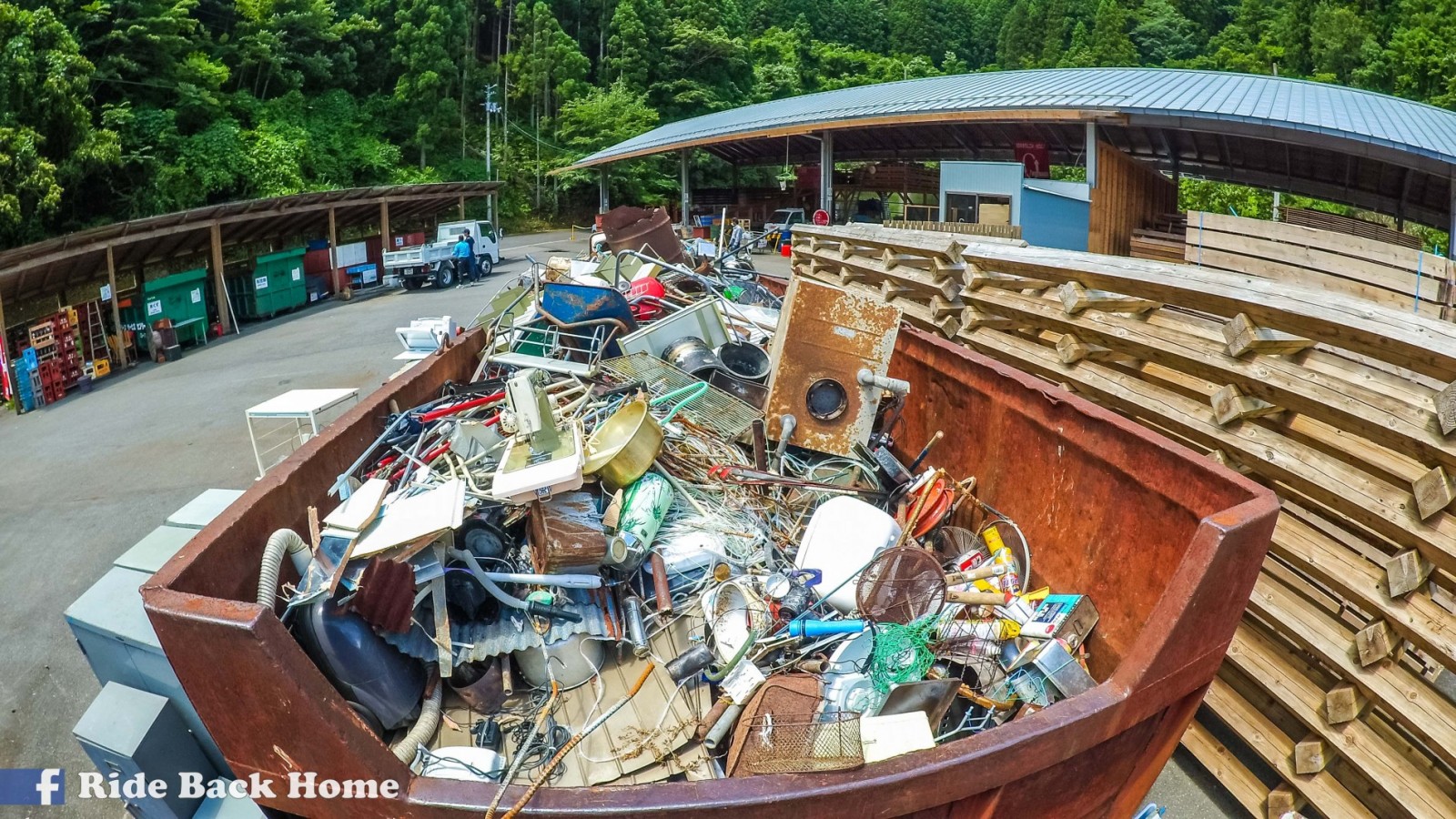
The residents of Kamikatsu must separate their garbage into 45 different categories in order for it to be recycled. Gone are the days of only having several bins; such as paper, plastic and glass. Residents in this small, rural town compost all of the organic waste they create and everything else must be washed and dried before they bring it to the recycling center.
Since everything has been washed and dried, there are no bad smells at the recycling center. Having 45 categories can be confusing, so there is always someone at the center to help people separate their items. There are bins for each part of every item you can think of. Bottles in one bin, the caps in another. Some aluminum cans can go in this bin, but thicker aluminum must be put in another. There is a bin for empty lighters, a bin for printer cartridges, one for yogurt cups, and another for the lids. Residents even have to bundle paper and tie them with special recyclable paper string.
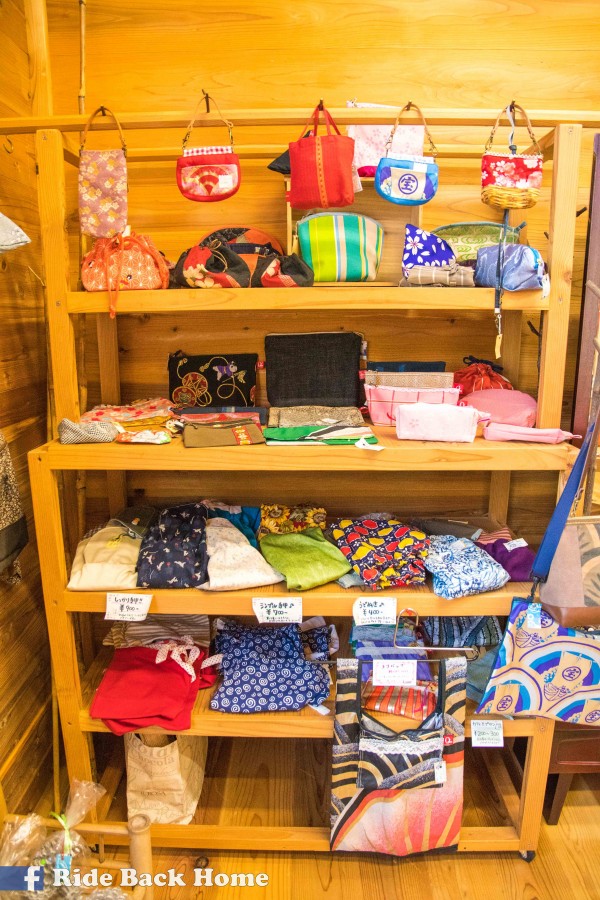 At the waste station there is also a shop. Residents can leave unwanted items that are still usable, such as dishes, clothes, toys, etc. Only residents of the town are allowed to leave items in the shop, but anyone is allowed to take the items… for free.
At the waste station there is also a shop. Residents can leave unwanted items that are still usable, such as dishes, clothes, toys, etc. Only residents of the town are allowed to leave items in the shop, but anyone is allowed to take the items… for free.
There is also a “zero waste academy” in the town where you can go to learn all about the zero waste concept. Within the academy is also an up-cycled gift shop. Grandma’s from the town make new stylish items from unwanted materials, such as, clothes, bags, wallets, toys, etc. Other residents are also allowed to make items and sell them in the shop on consignment. It is here that you can find one-of-a-kind gifts that are very special.
We stayed with an elderly couple at their guest house for the night and they showed us what its like to live in the zero waste town. After the hostess made us dinner she showed us her compost bin in the garden and the area she keeps all of the things she will bring to the waste station once a week, which wasn’t a lot.
Having experienced staying in a regular home just outside of Tokyo and a home in the zero waste town, I’ve come to the conclusion that the Japanese in general do a lot more work with their garbage to care for the environment. But, visiting Kamikatsu opened my mind to the fact that so much more can be done from every human without having too much of an impact on their lifestyle.

